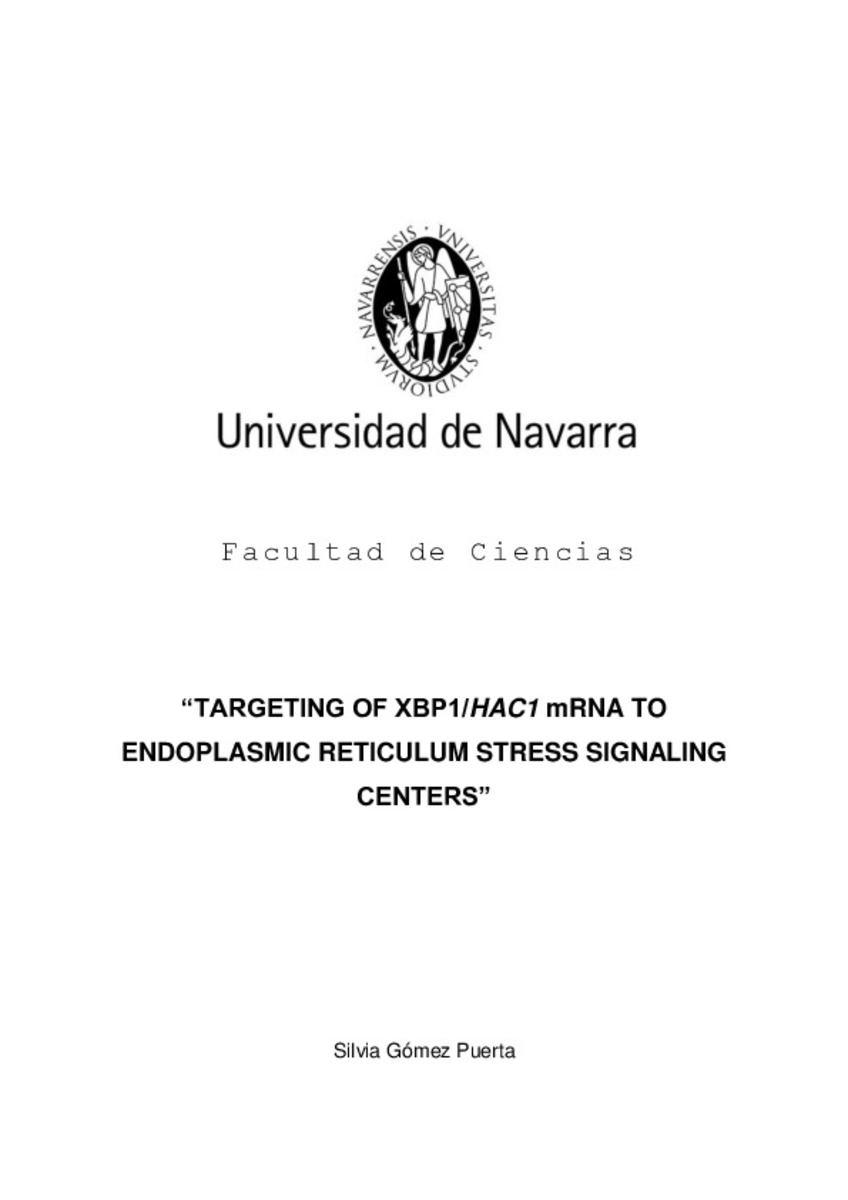Targeting of XBP1/HAC1 mRNA to Endoplasmic Reticulum Stress Signaling Centers
Palabras clave :
Bioquímica molecular
Ácidos nucleicos
Ingeniería genética
Procesos metabólicos
Materias Investigacion::Ciencias de la vida::Bioquímica
Materias Investigacion::Ciencias de la vida::Genética
Fecha de publicación :
21-jun-2017
Fecha de la defensa:
17-jun-2016
Cita:
GÓMEZ, Silvia. “Targeting of XBP1/HAC1 mRNA to Endoplasmic Reticulum Stress Signaling Centers”. Aragón Amonarriz, Tomás (dir.). Tesis doctoral. Universidad de Navarra, Pamplona, 2016
Aparece en las colecciones:
Estadísticas e impacto
0 citas en

0 citas en

Los ítems de Dadun están protegidos por copyright, con todos los derechos reservados, a menos que se indique lo contrario.







